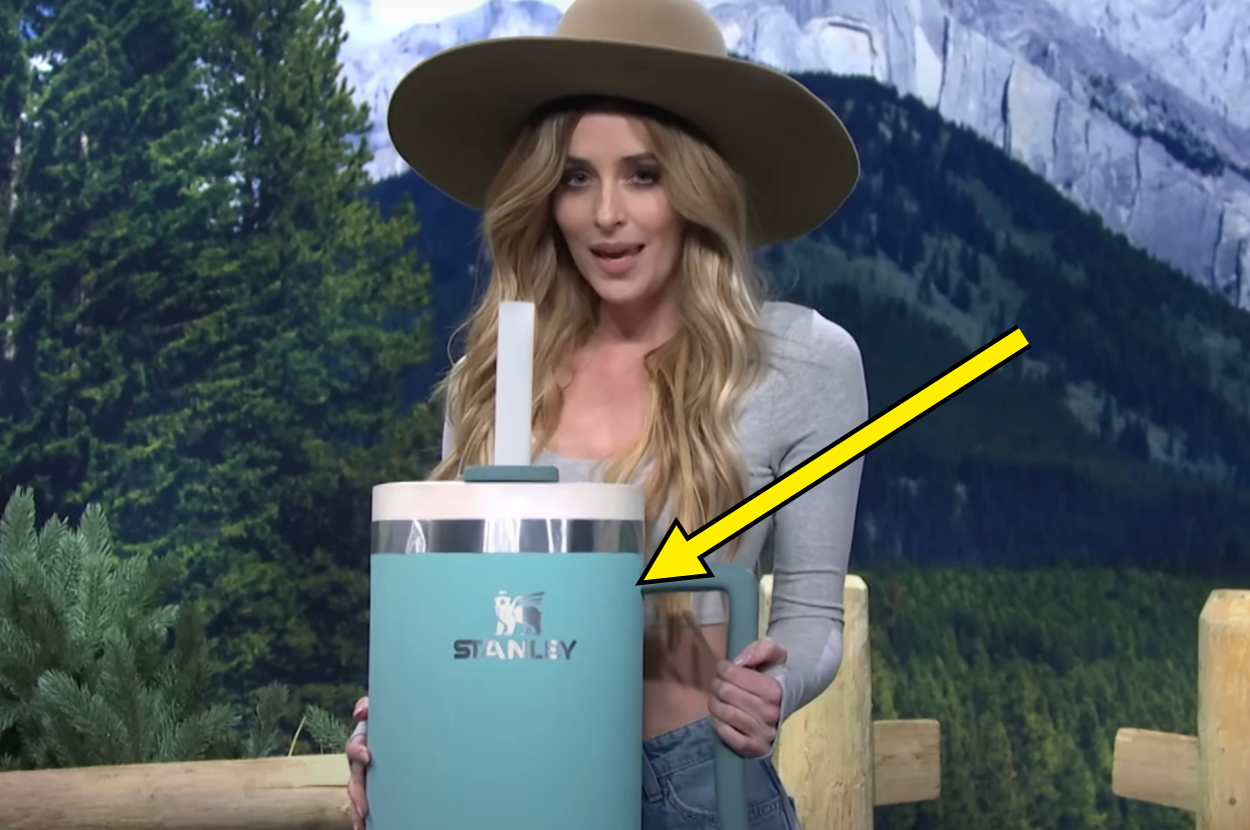
For most Maine deer hunters, a fantasy buck is in their mind’s eye. This is the trophy buck that will tip the tagging station scale in excess of 200 pounds.
We have all seen him in our daydreams, a big-racked, thick-necked bruiser of a deer ghosting his way through a tangled cedar bog as the morning mist mixes with his frosty breath.
Some of us are not die-hard trophy deer hunters. Oh, we’d love to have this fantasy buck in our crosshairs, but a doe or a young deer in the freezer will often do.
After more than 60 years of deer hunting, and after having hung a few on the game pole, I have a perfect record of never having tagged one weighing more than 200 pounds, and I may never.
But this November, I am still skulking about in the deer woods.
For a number of years now, some hunters have lobbied hard for the state to impose antler restrictions in an effort to bring about a more plentiful age class of older, larger bucks. There are some downsides to antler restrictions, and Maine deer biologists as a rule do not support the policy.
There may be another way to grow larger bucks in Maine. It’s simple really: let the young ones grow.
This week the Maine Department of Inland Fisheries and Wildlife issued a press release encouraging deer hunters this fall to take a doe for the freezer and let the young bucks go. The department cited the new permit system that allows licensed hunters to have up to three antlerless deer permits. Filling your freezer with does will let young bucks mature into big bucks.
The MDIF&W pointed out that its biological data show the average yearling buck has three or four antler points, while a 2-year-old buck has six or seven. There’s a difference in weight, too. A yearling averages a dressed weight of 122.5 pounds, while a 2-year-old buck will dress out to about 148.6 pounds.
“While the most significant antler development takes place between the yearling and 2-year-old age classes, it’s not until around year 5 that our Maine bucks begin to approach their peak antler growth potential,” the department said. That’s the age they reach peak weight too, approaching 200 pounds.
There is some deer harvest data to suggest that we may not need antler restrictions to cultivate larger bucks in our whitetail population.
According to MDIF&W, there has been a discernible decline in the harvesting of yearling bucks. It was most pronounced in last fall’s deer harvest data.
It may well be that the deer hunter’s new two-deer option — a buck and a doe — may work to produce larger deer as hunters put a doe in the freezer and then hold out for that buck of a lifetime.
V. Paul Reynolds is of the Northwoods Sporting Journal. He is also a Maine Guide and host of a weekly radio program “Maine Outdoors” heard Sundays at 7 p.m. on The Voice of Maine News-Talk Network.










